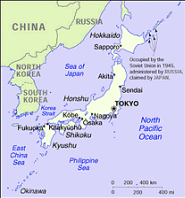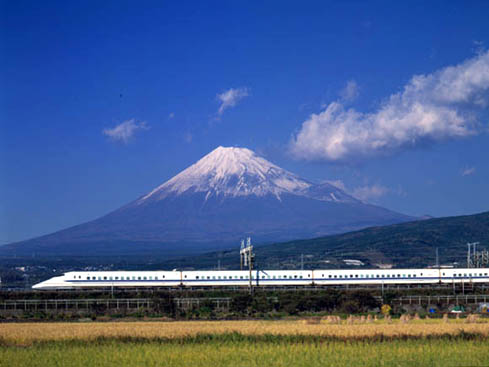
"Japan and Tokyo Travel Photos" |
Japan Travel Photos |
 |
|
Destination Pictures |
| Japan (13 Photos) China Los Angeles Southern California Vancouver Jamaica |
About Us | Contact Us | Terms of Use | Advertise With Us
Copyright © 2005 ChinatownConnection.com. Chinatown Houston Web Portal. All rights reserved













